Select an Orthopaedic Specialty and Learn More
Use our specialty filter and search function to find information about specific orthopaedic conditions, treatments, anatomy, and more, quickly and easily.
GET THE HURT! APP FOR FREE INJURY ADVICE IN MINUTES
Shoreline Orthopaedics and the HURT! app have partnered to give you virtual access to a network of orthopaedic specialists, ready to offer guidance for injuries and ongoing bone or joint problems, 24/7/365.
Browse Specialties
-
- Minimally Invasive Surgery (Arthroscopy)
Arthroscopy (Minimally Invasive Surgery)
Arthroscopy is a minimally invasive surgical procedure used by orthopaedic surgeons to visualize, diagnose, and treat problems inside the joint. Because it requires only tiny incisions, arthroscopy can be performed without a major, invasive operation and many procedures can be done on an outpatient basis.
More Info -
- Joint Disorders
- Muscle Disorders
- Shoulder
- Sports Medicine
Biceps Tendinitis
Inflammation of a tendon is called tendinitis. An inflammation or irritation of the upper biceps tendon is called long head of biceps tendinitis. Inflammation is the body’s natural response to injury, disease, overuse or degeneration, and it often causes swelling, pain or irritation.
More Info -
- Muscle Disorders
- Sports Medicine
Contusions or Bruises
Muscle contusions, or bruises, are second only to strains as a leading cause of sports injuries. Most contusions are minor and heal quickly, without requiring the athlete to be removed from the game. However, severe contusions can cause deep tissue damage, which may lead to complications and/or keep the athlete out of sports for months.
More Info -
- Fractures, Sprains & Strains
- Hand & Wrist
Hand Fracture
A fracture of the hand can occur in either the small bones of the fingers (phalanges) or in the long bones (metacarpals). Symptoms of a broken bone in the hand include: pain; swelling; tenderness; an appearance of deformity; inability to move a finger; shortened finger; a finger crossing over its neighbor when you make a fist; or a depressed knuckle, which is often seen in a “boxer’s fracture.”
More Info -
- Joint Disorders
- Knee
- Pediatric Injuries
- Sports Medicine
Jumper’s Knee
Repetitive contraction of the quadriceps muscles in the thigh can stress the patellar tendon where it attaches to the kneecap, causing inflammation and tissue damage (patellar tendinitis). For a child, this repetitive stress on the tendon can irritate and injure the growth plate, resulting in a condition referred to as Sinding-Larsen-Johansson disease.
More Info -
- Fractures, Sprains & Strains
- Muscle Disorders
- Neck and Back (Spine)
Lumbar Back Strain
A lumbar strain is an injury to the tendons and/or muscles of the lower back, ranging from simple stretching injuries to partial or complete tears in the muscle/tendon combination. These tears cause inflammation in the surrounding area, resulting in painful back spasms and difficulty moving. An acute lumber strain is one that has been present for days or weeks. If it has persisted for longer than 3 months, it is considered chronic.
More Info -
- Neck and Back (Spine)
Lumbar Spinal Stenosis
Lumbar spinal stenosis is a common cause of pain in the lower back and legs. As we grow older, our spines change and over time, normal wear-and-tear and the effects of aging can lead to a narrowing of the spinal canal (spinal stenosis). This puts pressure on the spinal cord and spinal nerve roots, and may cause pain, numbness or weakness in the legs.
More Info -
- Foot & Ankle
- Ligament Disorders
Plantar Fasciitis
Although the plantar fascia is designed to absorb the high stresses and strains placed on the feet, sometimes too much pressure can damage or tear these tissues. The body’s natural response to such an injury is inflammation, which results in heel pain and stiffness of plantar fasciitis.
More Info -
- Joint Disorders
- Shoulder
- Sports Medicine
Shoulder Dislocation
A dislocated shoulder occurs when the head of the upper arm bone (humerous) is either partially or completely out of its socket (glenoid). Whether it is a partial dislocation (subluxation) or the shoulder is completely dislocated, the result can be pain and unsteadiness in the shoulder.
More Info

